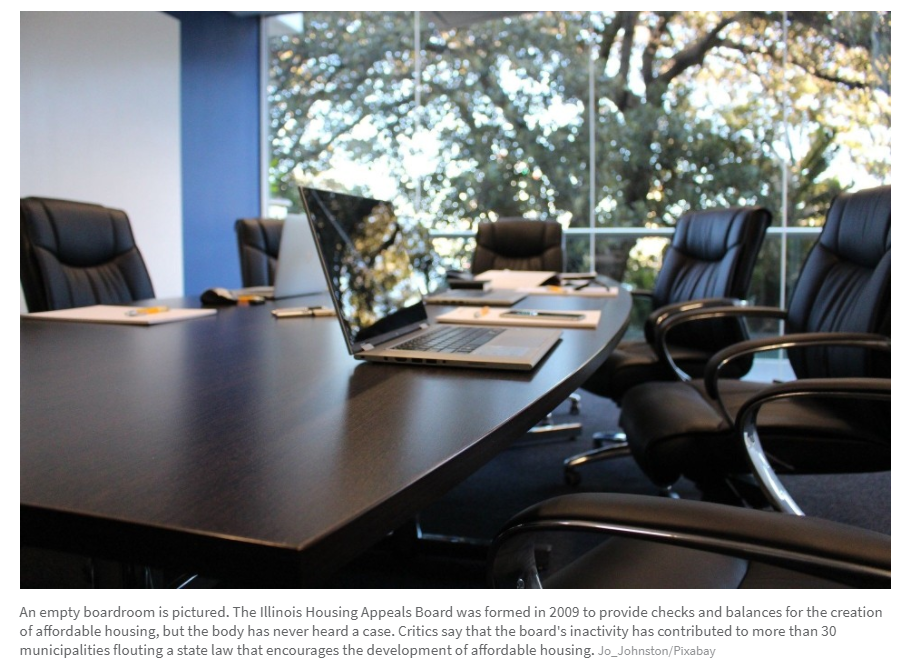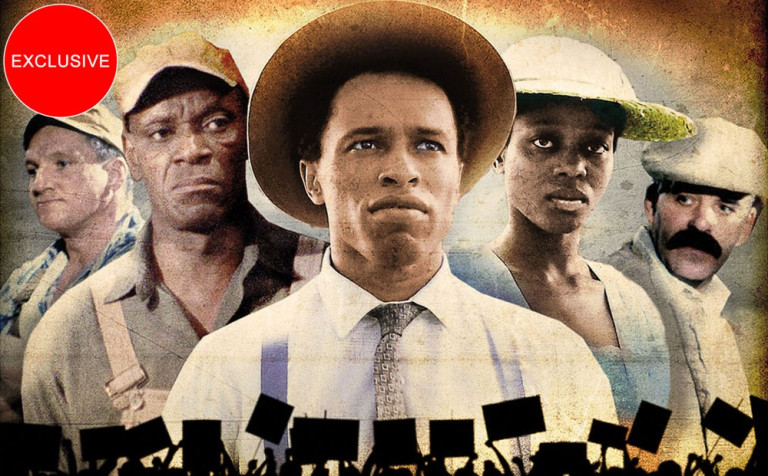Justice in the City Course Overview
Spring 2021
This course, presented by The Odyssey Project, asks us to think about Chicago’s spaces and places, who shaped them, who will shape them in the future, and how concepts of power, rights, and justice determine our interactions with the city. Together we will explore Chicago’s history as a metropolis formed on occupied, colonized land and fueled by industrial labor, infrastructural and architectural innovation, trade, and political wrangling. At the same time, we will recover the ways these stories of power, profit, and growth distract from Chicago’s legacy as one of the most racially segregated, overpoliced, and unequal cities in the United States.
Our course will examine the deep social problems and miseries produced by such inequalities. These conditions have also produced social movements and figures from a wide array of backgrounds dedicated towards social justice. By the end of the semester, you will have gained greater facility in understanding how the city and its spaces function, as well as analytic and active tools to participate in making it more just.
Our goals for this course are to:
- Better understand the agents that shape the urban spaces in which we live, whether they be urban planners, government officials, the criminal justice system, realtors, bankers, or community organizers.
- Consider the ways in which the history of space and place in Chicago organize, limit, and influence our choices, experiences, and opportunities in Chicago.
- Gain analytical and practical tools to inform governance, claim urban space, and resist inequitable urban systems.
FEATURED IMAGE: Courtesy of artist Maxwell Emcays. Images of these sculptures and more of his work are available at demandjusticechicago.org
Course Schedule, Syllabus, and Readings
Download a copy of the syllabus for the Justice in the City course.
A pdf of the course readings is also available to download (password protected).
Course Instructors: Christophe Ringer & Becky Amato
Site Coordinators: Eric Wilson & Jacqueline Andrews
Resources
Below are interesting items related to the Justice in the City course that were discovered and posted throughout the term.
The harms of gentrification: The exclusion of poorer people from their own neighbourhoods is not just a social problem but a philosophical one - April 24, 2021
Original Article published on aeon – January 14, 2021
In the Mission District in San Francisco, there’s a popular soccer field nestled between elegant Victorian homes and neighbourhood taquerías. Over the years, an informal system for using the field developed among locals. If there wasn’t enough space for everyone, some played while others watched from the sidelines. Once one team scored, the losing team would trade places with those who’d been on the sidelines. Sooner or later, everyone got a chance to play.
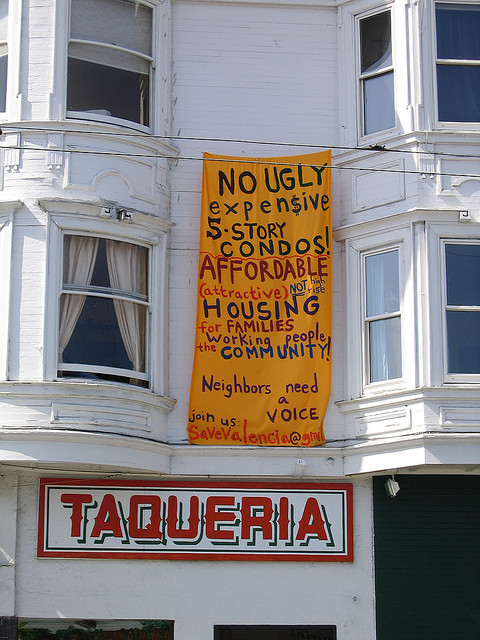
On 18 August 2014, a group of young people from the neighbourhood were playing soccer at Mission Playground when some adults, mostly employees of Dropbox and Airbnb, asked them to forfeit the field. When the kids offered to share it instead, they were rebuffed. Unbeknown to them, the San Francisco City Council had implemented a permit process whereby use of the field was sold for $27 per hour during choice times. The tech employees had a permit; the young people didn’t. Things got tense. One of the youths asked one of the employees how long he’d lived in the Mission. ‘Who cares about the neighbourhood?’ came the reply. Another of the adults waved the permit in front of the kids. The entire episode was captured on video, which promptly went viral. Shortly thereafter, hundreds of long-time residents from the Mission assembled in front of City Hall to protest the permit process. Bowing to public pressure, the city council discontinued it, and the on-and-off system for using the field resumed.
In the years leading up to this episode, the Mission District had become ground zero for the tech-fuelled gentrification of San Francisco. Historically a working-class, majority-Latino neighbourhood, the Mission saw a 60 per cent increase in market-rate residential rents between 2004 and 2013. As a result, many long-time residents were displaced, and the overall share of the Latino population declined by 25 per cent. What happened at Mission Playground was experienced by many neighbourhood residents as a moral synecdoche of gentrification. As Edwin Lindo, formerly vice president of external affairs of the San Francisco Latino Democratic Club, put it: ‘This is a literal interpretation of what is happening in our community – someone coming with a paper saying you need to leave.’
Gentrification is one of the most pressing – and polarising – issues confronting cities today. In popular discussions, defenders of gentrification tend to paint it as an influx of badly needed capital into blighted urban areas. They point to increased commercial activity and tax revenue, new wealth flowing to low-income homeowners, decreased crime and improved public services as evidence of the fact that gentrification is, on balance, a good thing. Critics view gentrification as a quasi-colonial invasion of the privileged into economically vulnerable communities. They point to the displacement of long-time residents, the overpolicing of public spaces, and the homogenisation of the commercial environment as evidence of the fact that gentrification is, on balance, a bad thing.
Lucille Clifton, “won’t you celebrate with me” & Diane di Prima “Rant, or Letter #75 - April 7, 2021
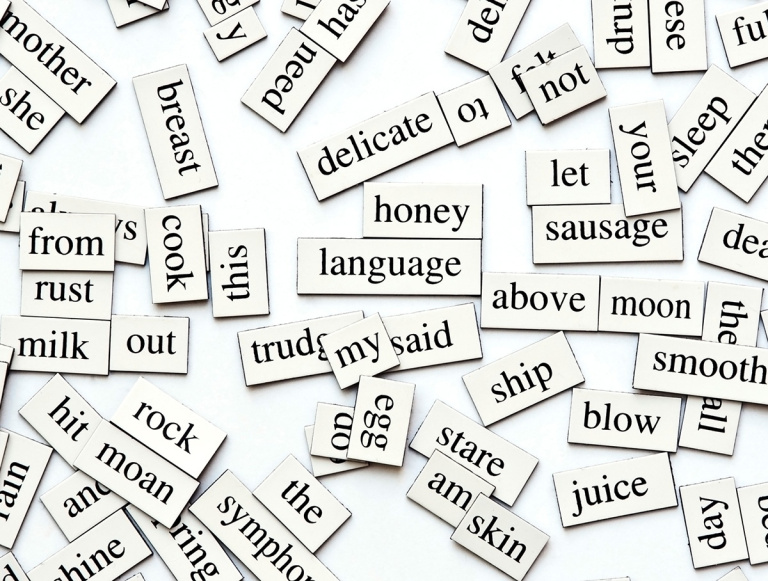
won’t you celebrate with me
Lucille Clifton
(You can listen to her reading the poem here.)
won’t you celebrate with me
what i have shaped into
a kind of life? i had no model.
born in babylon
both nonwhite and woman
what did i see to be except myself?
i made it up
here on this bridge between
starshine and clay,
my one hand holding tight
my other hand; come celebrate
with me that everyday
something has tried to kill me
and has failed.
Lucille Clifton, “won’t you celebrate with me” from Book of Light. Copyright © 1993 by Lucille Clifton. Reprinted by permission of Copper Canyon Press.
Rant, or Letter #75 (from Revolutionary Letters, City Lights Press, 1968)
Diane di Prima
(You can listen to her reading the poem here too.)
You cannot write a single line w/out a cosmology
a cosmogony
laid out, before all eyes
there is no part of yourself you can separate out
saying, this is memory, this is sensation
this is the work I care about, this is how I
make a living
it is whole, it is a whole, it always was whole
you do not “make” it so
there is nothing to integrate, you are a presence
you are an appendage of the work, the work stems from
hangs from the heaven you create
every man / every woman carries a firmament inside
& the stars in it are not the stars in the sky
w/out imagination there is no memory
w/out imagination there is no sensation
w/out imagination there is no will, desire
history is a living weapon in yr hand
& you have imagined it, it is thus that you
“find out for yourself”
history is the dream of what can be, it is
the relation between things in a continuum
of imagination
what you find out for yourself is what you select
out of an infinite sea of possibility
no one can inhabit yr world
yet it is not lonely,
the ground of imagination is fearlessness
discourse is video tape of a movie of a shadow play
but the puppets are in yr hand
your counters in a multidimensional chess
which is divination
& strategy
the war that matters is the war against the imagination
all other wars are subsumed in it.
the ultimate famine is the starvation
of the imagination
it is death to be sure, but the undead
seek to inhabit someone else’s world
the ultimate claustrophobia is the syllogism
the ultimate claustrophobia is “it all adds up”
nothing adds up & nothing stands in for
anything else
THE ONLY WAR THAT MATTERS IS THE WAR AGAINST
THE IMAGINATION
THE ONLY WAR THAT MATTERS IS THE WAR AGAINST
THE IMAGINATION
THE ONLY WAR THAT MATTERS IS THE WAR AGAINST
THE IMAGINATION
ALL OTHER WARS ARE SUBSUMED IN IT
There is no way out of a spiritual battle
There is no way you can avoid taking sides
There is no way you can not have a poetics
no matter what you do: plumber, baker, teacher
you do it in the consciousness of making
or not making yr world
you have a poetics: you step into the world
like a suit of readymade clothes
or you etch in light
your firmament spills into the shape of your room
the shape of the poem, of yr body, of yr loves
A woman’s life / a man’s life is an allegory
Dig it
There is no way out of the spiritual battle
the war is the war against the imagination
you can’t sign up as a conscientious objector
the war of the worlds hangs here, right now, in the balance
it is a war for this world, to keep it
a vale of soul-making
the taste in all our mouths is the taste of power
and it is bitter as death
bring yr self home to yrself, enter the garden
the guy at the gate w/ the flaming sword is yrself
the war is the war for the human imagination
and no one can fight it but you/ & no one can fight it for you
The imagination is not only holy, it is precise
it is not only fierce, it is practical
men die everyday for the lack of it,
it is vast & elegant
intellectus means “light of the mind”
it is not discourse it is not even language
the inner sun
the polis is constellated around the sun
the fire is central
The Fall of Michael Tubbs - April 6, 2021
This resource is courtesy of Nicole bond. Original Article published on Politico – December 23, 2020
One week after the November election, Ilhan Omar, the congresswoman from Minnesota, and Melvin Carter, the mayor of St. Paul, were joined for a virtual town hall on the economy by a 30-year-old political star from California. “Ladies and gentlemen, if you haven’t seen him on his HBO special,” Carter said, trailing off as Michael Tubbs patched in.
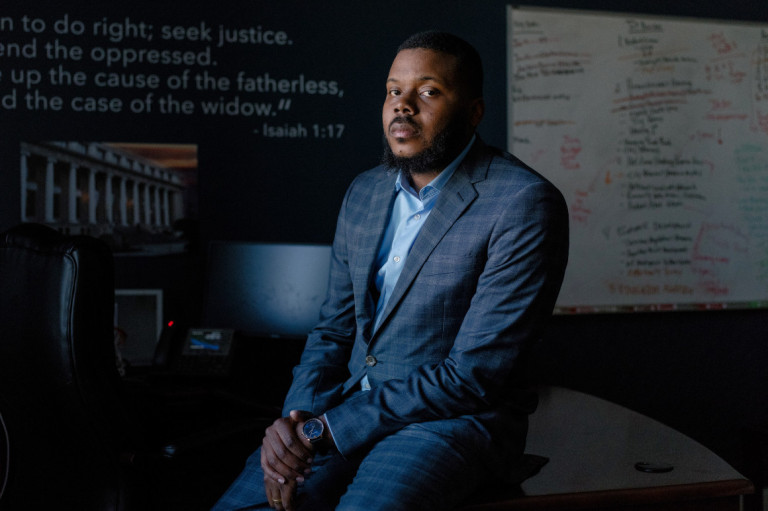
Over the past four years, since he’d been elected mayor of Stockton, California., Tubbs had become a regular at forums like these, known for his youth and propensity to quote Tupac Shakur and, most of all, for championing a quintessential big political idea, the universal basic income. As mayor, Tubbs piloted an experiment in fighting poverty by paying citizens a fixed amount of money each month. He drew attention from progressive Democrats, from tech CEOs, from Oprah.
The HBO special Carter mentioned was an 89-minute documentary, “Stockton on My Mind,” which followed his political rise and premiered over the summer, during his reelection campaign. It was the second documentary made about Tubbs before he was 30.
Property Research in Chicago - April 6, 2021
Marietta Evans has kindly shared some of the resources she’s been using for property research. See below for some inspiration!
- From the now-defunct Curbed Chicago (a personal favorite): How to Research Home History in Chicago
- From the web site “What Was There”: whatwasthere.com
- From the Commission on Chicago Landmarks: Your House has a History (pdf)
How Chicago’s affordable housing system perpetuates city’s long history of segregation - April 5, 2021
This resource is courtesy of Nicole bond. Original Article published on nbcnews.com – April 4, 2021
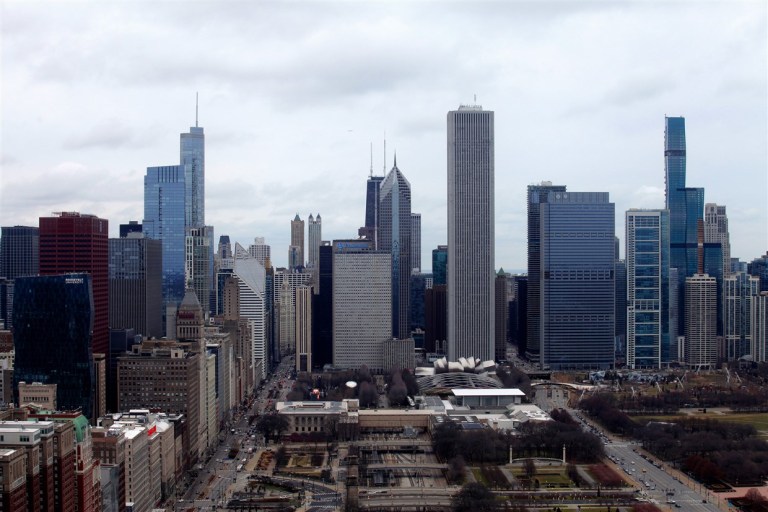
CHICAGO — Government-backed affordable housing in Chicago has largely been confined to majority-Black neighborhoods with high concentrations of poverty over the last two decades, a design that has perpetuated the city’s long history of segregation.
As the neighborhoods faced rising divestment, gun violence and food deserts, the lack of affordable housing in other parts of the city restricted many people of color from leaving.
But now, using its largest pot of federal housing funding, Chicago wants to chart a corrective path by aggressively pushing for more affordable homes in high-income, well-resourced areas, which housing experts say would unlock previously unavailable opportunities for communities of color.
Chicago Housing Commissioner Marisa Novara said the city has tweaked its qualified allocation plan to encourage developers to submit proposals for new affordable housing in parts of the city that are higher-income and amenity rich and that have traditionally excluded lower-income people and people of color. She said the city is prepared to pay more to acquire land in such areas.
The city last month published the results of a self-conducted racial equity impact assessment, which examined how different racial and ethnic groups are or will be affected by existing or proposed programs, policies or decisions.
While such assessments aren’t new, Chicago says it’s the first time a city has actively taken stock of its own racial equity when it comes to federal dollars from the Low-Income Housing Tax Credit program, the largest source of funding for new affordable housing in the U.S.
The assessment revealed that the city’s low-income tax program has developed or preserved about 10,000 low-income units since 2000, with 60 percent of the funding going to high-poverty areas.
Broken down by race, however, the allocations were stark.
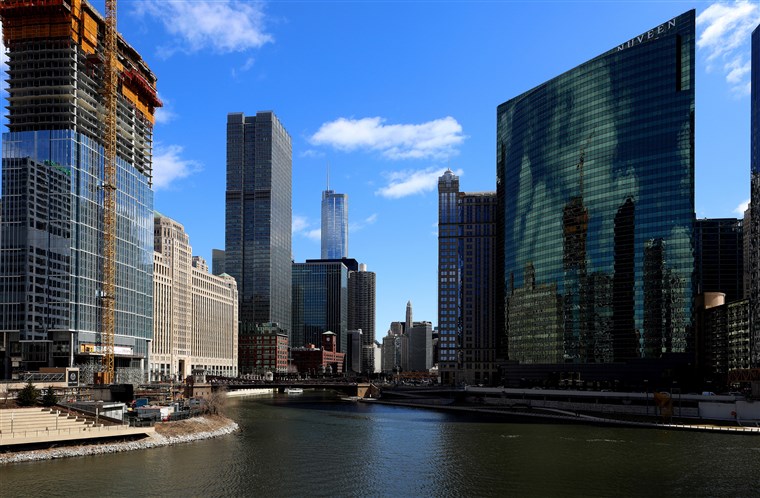
The majority of Chicago’s low-income developments have been new construction in high-poverty, majority-Black areas, with a quarter in higher-income “opportunity” areas, even though only 35 percent of city tracts have majority-Black populations.
Fewer than 20 percent of units were in majority-white neighborhoods, even though 30 percent of Chicago’s tracts are majority white. Only 6 percent of units were developed in majority-Latino areas, even though over 20 percent of all Chicago census tracts have majority-Latino populations, the assessment stated.
“Infamously, Chicago is one of the most segregated cities by race and income. We have a disproportionate number of affordable rental housing units in majority-Black spaces because, fundamentally, our biggest source of racism is anti-Black racism. That is how we function as a country,” Novara said. “Because there was this fear and racism of not letting Black people expand into other parts of the city, more and more housing was built on the South and West sides.”
Anti-Gentrification Ordinance Approved, Slapping Developers With Steep Fines For Tearing Down Buildings Near The 606, In Pilsen - March 29, 2021
Original Article published on blockclubchicago.org – March 24, 2021
Under the ordinance, developers who tear down single-family homes will have to pay a fee of $15,000, while developers who raze larger, multi-unit buildings will incur a fee of $5,000 per unit.
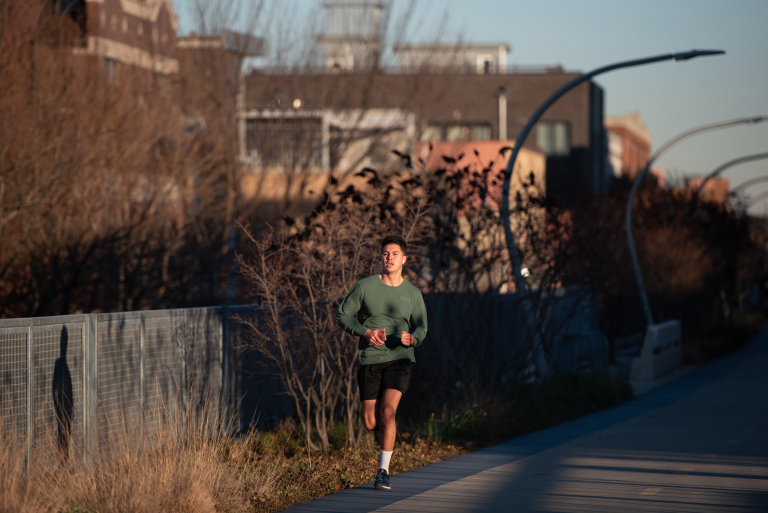
People use The Bloomingdale Trail in Logan Square on Dec. 2, 2020.
LOGAN SQUARE — An anti-gentrification measure that imposes up to a $15,000 fee on developers who tear down single-family homes and multi-unit buildings in Pilsen and around The 606 has been approved.
The demolition surcharge ordinance, championed by aldermen who represent the gentrifying neighborhoods, passed in City Council Wednesday in a 37-12 vote. Wednesday’s vote comes after years of advocacy and debate.
“Passage of this ordinance is a victory for Chicagoans fighting for integrated and diverse neighborhoods,” Ald. Carlos Ramirez-Rosa (35th) said on Twitter after the vote. Ramirez-Rosa represents neighborhoods near The 606.
Under the ordinance, developers who tear down single-family homes will have to pay a fee of $15,000, while developers who raze larger, multi-unit buildings will incur a fee of $5,000 per unit. In Logan Square, Bucktown and West Humboldt Park, the ordinance applies to buildings zoned as RS3 and RS3.5 in the area bounded by Armitage Avenue, Western Avenue, North Avenue, Kedzie Avenue, Hirsch Street and Kostner Avenue.
It also includes large swaths of Pilsen.
The fees will go into the city’s Chicago Community Land Trust, an effort aimed at creating a pathway for homeownership for low- and moderate-income Chicagoans.
Local aldermen and community leaders have fought for five years to make the ordinance a reality.
Materials from Rocio Santos, StoryCorps - March 24, 2021
Rocio Santos kindly joined us Wednesday, March 17 to tell us a bit about S and share a bunch of great resources for interviewing people. These resources are intended to help — NOT overwhelm — you. Grab whatever you need and leave the rest.
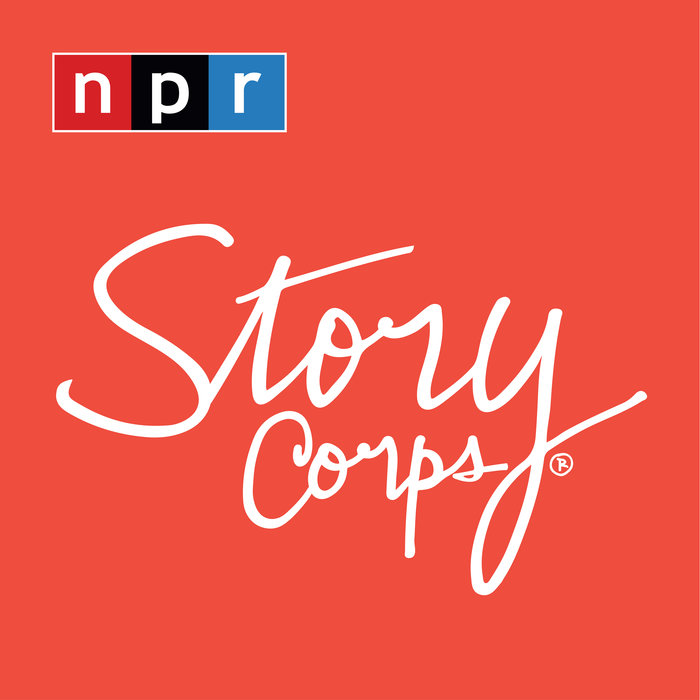
Just to refresh your memory, StoryCorps is an organization that helps people interview one another to collect stories of our ordinary, everyday lives. If you use Storycorps’ tools or work with a StoryCorps facilitator like Rocio, you have the opportunity for the recording of your interview to be archives at the Library of Congress. It might also play on NPR. Whether you want to take advantage of this offer is totally up to you and NOT required of Odyssey or this course.
A City of Extremes: How the 1995 heat wave and COVID-19 reveal what’s changed (and what hasn’t) in Chicago’s health equity landscape - March 16, 2021
Original Article published on southsideweekly.com – July 22, 2020
On Wednesday, July 12, 1995, Chicago sweltered. A heat wave rolled in and clung to the city for five days. Roads cracked open and bridges were hosed down to prevent them from locking in place under the sun. And even though infrastructure faltered, the city waited four days to declare a heat emergency, delaying the mobilization of additional workers in the fire and police departments to check on elderly citizens and get more ambulances on the roads. Mayor Richard M. Daley, staying as cool as possible and alluding to the city’s ability to manage hazardous weather events, said during a news briefing: “It’s hot. It’s very hot…. We go to extremes in Chicago. And that’s why people like Chicago. We go to extremes.” The decision to not treat this natural disaster seriously would cost the lives of hundreds of Chicagoans.
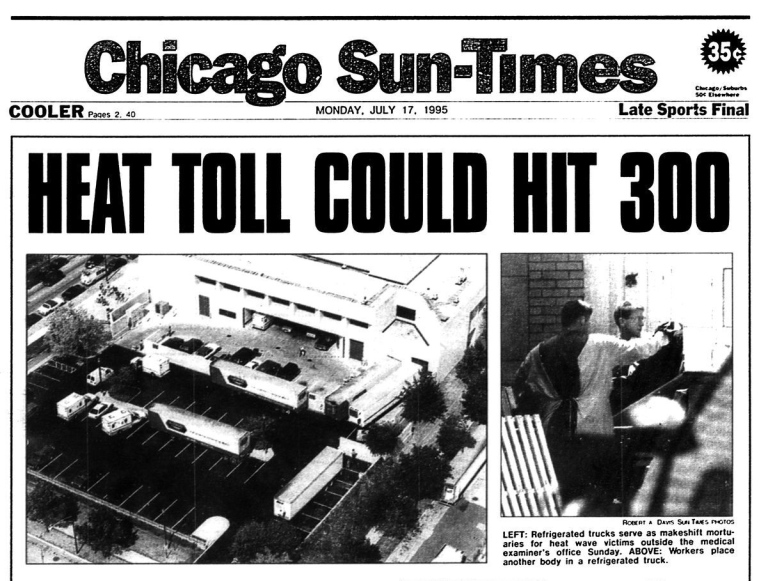
Now, twenty-five years later, Chicago faces another extreme public health crisis: the COVID-19 pandemic. And like the heat wave of 1995, COVID-19 disproportionately impacts older Black and brown Chicagoans, leaving residents and officials questioning the policies that have divided the city and weakened communities of color, all the while wondering what can be done to repair the decades-long inequity in Chicago’s public health infrastructure.
The City’s Ward Boundaries Are Decided By A Few Powerful Aldermen. What If Maps Were Drawn ‘For Chicagoans, By Chicagoans’ Instead? - March 10, 2021
Original Article published on blockclubchicago.org – March 10, 2021
Gerrymandering has long led to frankenstein ward boundaries that don’t serve residents. A civic group says it’s time for Chicagoans to take over the process.
CHICAGO — A coalition of civic groups is launching an independent citizens commission in an uphill effort to produce a new ward map “for Chicagoans created by Chicagoans” instead of a few powerful aldermen.
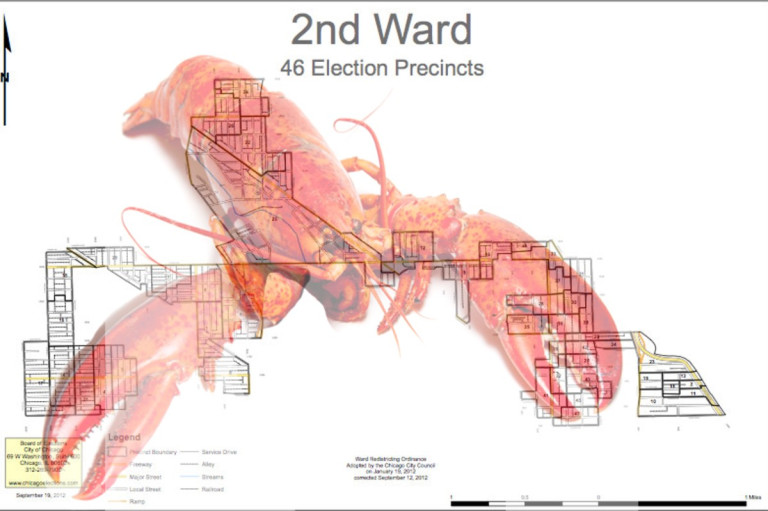
Under the coalition’s vision, a volunteer committee of “independent community members” will select 13 Chicago residents to sit on the commission to create a map of the city’s 50 wards. Organizers hope the citizen-backed map will get enough City Council support to set up a referendum vote in spring 2022 to allow Chicago voters to choose between the map and another version expected to be created by aldermen and Mayor Lori Lightfoot.
These Maps On Zillow Seem To Accidentally Show The Invisible Legacy Of “Slum Clearance” - March 10, 2021
This resource is courtesy of Anna Mangahas. Original Article published on buzzfeednews.com – March 4, 2021
Ghost boxes in Zillow’s maps of cities like Chicago and Cincinnati appear to mark the homes bulldozed to build freeways — and the neighborhoods that were displaced in the process.
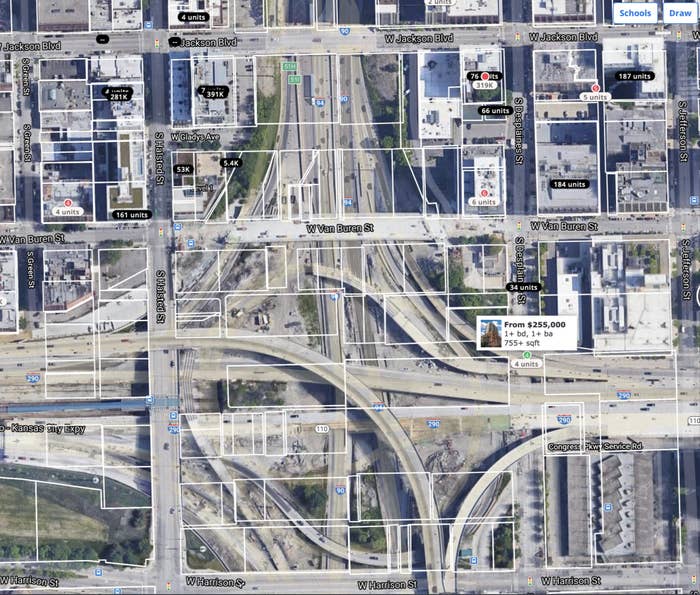
Zillow / Via Twitter: @DavidColeAIA
Some acts of violence are designed to erase the evidence of their own existence — like in the 20th century, when the US government displaced low-income, often Black neighborhoods by building highways where they stood. But Zillow appears to have unexpectedly made that evidence visible.
Apparently by accident, Zillow, the website that connects people with new homes and rentals, appears to be showing the outlines of these ghost neighborhoods displaced by the creation of highways and interstates.
Zillow told BuzzFeed News after publication that it uses data from multiple sources, and aims to give people to most up-to-date information possible.
“When we identify data that is outdated, we update it as soon as possible,” a Zillow spokesperson said. “This highlights the long history of displacement and the impact of systemically biased land use policy in America of the 20th century, a story we continue to work to tell.”
The last bastion: Maria Pappas reveals the dirty not-so-secret inequity of TIFs by Ben Joravsky - March 7, 2021
This resource is courtesy of Terry Topcczewski. Original Article published on chiacagoreader.com – March 3, 2021
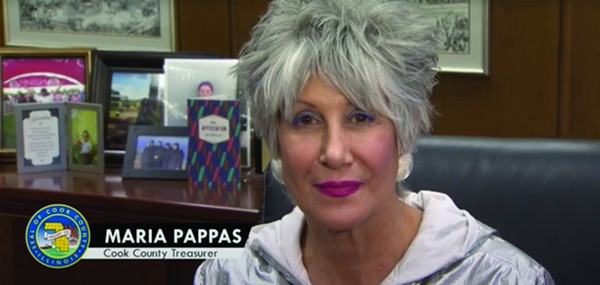
COURTESY COOK COUNTY TREASURER’S OFFICE
For years, I’ve been really trying to bring the TIF program to life in an often-futile attempt to make this abstract concept tangible and real.
And now, in one fell swoop, Cook County treasurer Maria Pappas has accomplished what, alas, I could not do no matter how hard I tried.
She’s put a human face on this abomination. Or to be exact—17 human faces. One for every commissioner on the Cook County Board of Commissioners.
Pappas has also done what officials in the Daley and Emanuel administrations told me couldn’t be done—even as I had a feeling they knew, that I knew, what they were saying wasn’t true.
Pappas had her office’s computers sift through last year’s tax data to determine which TIF districts in Cook County got how much in property tax dollars.
’Cause that’s what feeds TIF districts, people: your property tax dollars.
What are Banks in Chicago Doing to Make Up for Redlining Practices of the Past? Not much - March 4, 2021
Original Article published on interactive.wbez.org – June 3, 2020
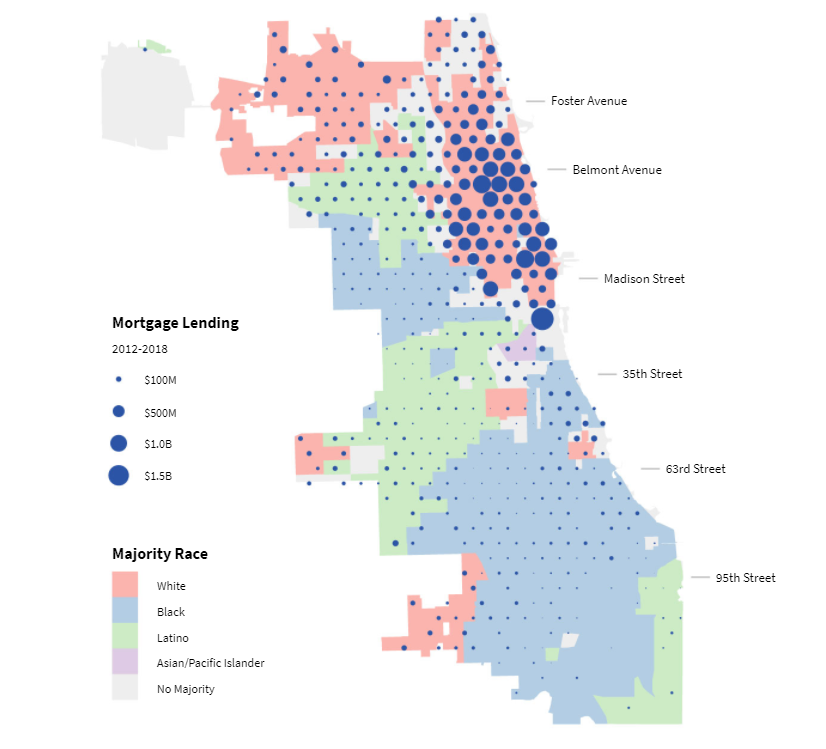
WBEZ and City Bureau examined records for every home purchase loan made in Chicago that was reported to the federal government from 2012 through 2018 — 168,859 loans totaling $57.4 billion for residential properties ranging from condominiums and single-family homes to large apartment complexes. The loans were made by traditional banks but also “non-bank” mortgage companies, which now give out more than half of all home loans in Chicago.
We found:
68.1% of dollars loaned for housing purchases went to majority-white neighborhoods, while just 8.1% went to majority-black neighborhoods and 8.7% went to majority-Latino neighborhoods.
In other words, for every $1 banks loaned in Chicago’s white neighborhoods, they invested just 12 cents in the city’s black neighborhoods and 13 cents in Latino areas. That’s despite the fact that there are similar numbers of majority-white, black and Latino neighborhoods in the city.
Read Full Article
Read a Follow-up on this Article from February 2021
Mapping Inequality: Redlining in New Deal America - March 4, 2021
Original Article published on dsl.richmond.edu
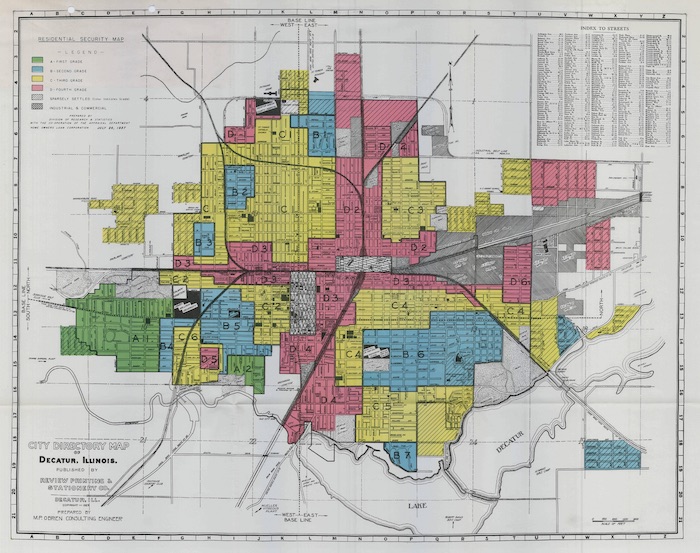
Among the thousands of area descriptions created by agents of the federal government’s Home Owners’ Loan Corporation between 1935 and 1940, the one that was written for what is now called the Carver Heights neighborhood in Savannah, Georgia, stands out. HOLC staff members, using data and evaluations organized by local real estate professionals–lenders, developers, and real estate appraisers–in each city, assigned grades to residential neighborhoods that reflected their “mortgage security” that would then be visualized on color-coded maps. Neighborhoods receiving the highest grade of “A”–colored green on the maps–were deemed minimal risks for banks and other mortgage lenders when they were determining who should received loans and which areas in the city were safe investments. Those receiving the lowest grade of “D,” colored red, were considered “hazardous.”
Want to know more about the Community Reinvestment Act of 1977? - March 4, 2021
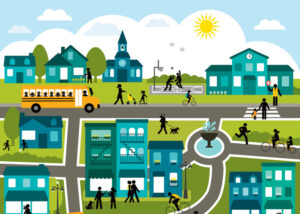
The Community Reinvestment Act was passed in 1977 to end discrimination known as redlining.
It required banks to meet the credit needs of the communities where they do business. Discrimination in lending is still a problem. Yet some want to substantially weaken the law. We can’t allow that to happen.
Read more, find an advocacy toolkit to strengthen the CRA, and watch videos at the following links:
More on the Community Reinvestment Act (CRA) at chicagofed.org
More on the Community Reinvestment Act (CRA) at https://ncrc.org/
On “adverse possession” - March 4, 2021
This resource is courtesy of Nicole Bond.
How Black Cartographers Put Racism on the Map - March 4, 2021
Original Article published on newcity.org – February 24, 2021
How can maps fight racism and inequality? The work of the Black Panther Party, a 1960s- and 1970s-era Black political group featured in a new movie and a documentary, helps illustrate how cartography – the practice of making and using maps – can illuminate injustice.
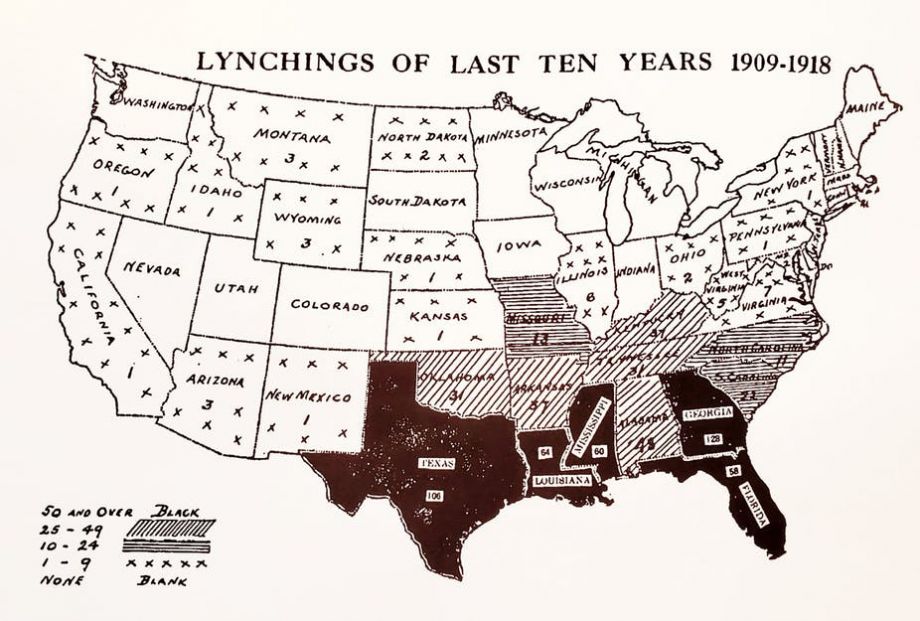
As these films show, the Black Panthers focused on African American empowerment and community survival, running a diverse array of programming that ranged from free school breakfasts to armed self-defense.
Cartography is a less documented aspect of the Panthers’ activism, but the group used maps to reimagine the cities where African Americans lived and struggled.
In 1971 the Panthers collected 15,000 signatures on a petition to create new police districts in Berkeley, California – districts that would be governed by local citizen commissions and require officers to live in the neighborhoods they served. The proposal made it onto the ballot but was defeated.
In a similar effort to make law enforcement more responsive to communities of color, the Panthers in the late 1960s also created a map proposing to divide up police districts within San Francisco, largely along racial lines.
The Black Panthers are just one chapter in a long history of “counter-mapping” by African Americans, which our research in geography explores. Counter-mapping refers to how groups normally excluded from political decision-making deploy maps and other geographic data to communicate complex information about inequality in an easy-to-understand visual format.
Short film on The Contract Buyers League - March 1, 2021
From the Urban Displacement Project at UC-Berkeley: Mapping Gentrification and Displacement in Chicago - February 26, 2021

Last week when we talked about Robert Sampson’s work, I briefly mentioned the Urban Displacement Project at UC-Berkeley. This research lab, along with the Eviction Lab at Princeton University, do some really incredible work to identify city-specific processes of displacement. But they also conduct comparative studies that help us see the global phenomenon of gentrification and displacement as it appears in cities as different as Bogota, Colombia; Hong Kong; Memphis; San Francisco; and Chicago. Use the link below to see maps from different cities (scroll down the page), but you may want to focus in on the Chicago map to see what you think about how it’s represented. Does it match up with your personal experience?
Disciplining The City: Scholarship And The Carceral State Year In Review 2020 - February 25, 2021
Original Article published on themetropole.blog – January 4, 2021
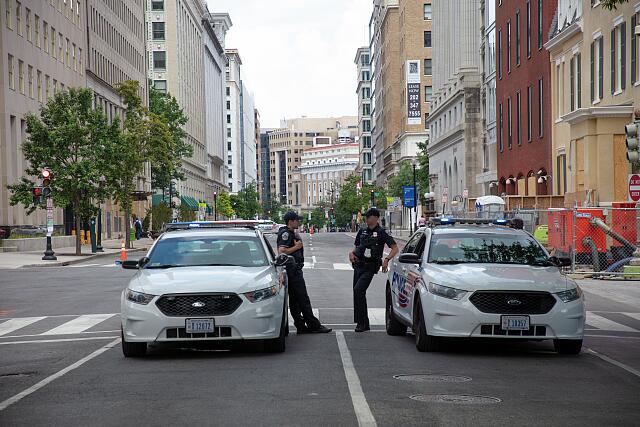
Police near the White House at the 2020 Juneteenth Celebration.
The year 2020 saw one of the largest, if not the largest, protest movement in the history of the United States. Prompted by the police murders of George Floyd, Breonna Taylor, Tony McDade–on top of too many others over the past decades–a Black-led movement against racial state and state-sanctioned violence blanketed the entire nation, and a large portion of the world, with demonstrations, marches, and uprisings against police terror, organized state abandonment during a deadly global pandemic, economic exploitation, and voter disenfranchisement. More than ever before, these movements made distinctly abolitionist demands to defund and abolish police, which thrust a long tradition of prison and policing abolition into the mainstream.
This year of abolitionist world building necessarily drew upon both historical analyses of policing in the United States and upon a long history of Black-led organizing against the racist brutality inherent to the US criminal punishment system. As thousands hit the streets, scholars, organizers, and activists sought to contextualize how the movement and the criminalizing systems it rebuked were not an aberration or fluke within an otherwise objective or reformable system; rather, this movement is part of an ongoing story of racial capitalism and racialized state violence in the United States going back centuries.
How a Black Commons Could Help Build Communal Wealth - February 25, 2021
Original Article published on yesmagazine.org – June 26, 2020
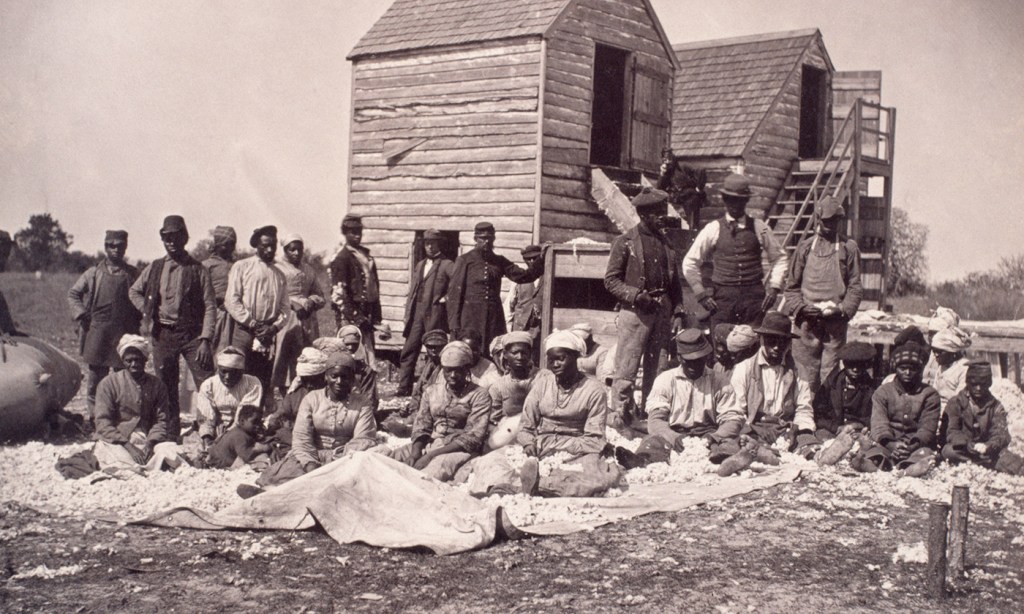
PHOTO BY CORBIS/GETTY IMAGES
A long history of racism has prevented many Black folks from owning land or homes—making it harder to accrue wealth and pass it on to future generations.
Underlying the recent unrest sweeping U.S. cities over police brutality is a fundamental inequity in wealth, land, and power that has circumscribed Black lives since the end of slavery in the U.S.
The “40 acres and a mule” promised to formerly enslaved Africans never came to pass. There was no redistribution of land, no reparations for the wealth extracted from stolen land by stolen labor.
June 19 is celebrated by Black Americans as Juneteenth, marking the date in 1865 that former slaves were informed of their freedom, albeit two years after the Emancipation Proclamation. Coming this year at a time of protest over the continued police killing of Black people, it provides an opportunity to look back at how Black Americans were deprived of land ownership and the economic power that it brings. An expanded concept of the “Black commons”—based on shared economic, cultural and digital resources as well as land—could act as one means of redress. As professors in urban planning and landscape architecture, our research suggests that such a concept could be a part of undoing the racist legacy of chattel slavery by encouraging economic development and creating communal wealth.
Geographies of Racial Capitalism with Ruth Wilson Gilmore - February 25, 2021
Original Article published on antipodonline.org – June 1, 2020
This link will take you to the Antipode Film Project (June 2020), which will link you both to the Ruth Wilson Gilmore piece we watched in class and to a similar film featuring geographer David Harvey. Also feel free to wander around the Antipode website. There are fantastic long lectures (some with Gilmore) and other resources on the site that might interest you!
With No Oversight, Illinois Cities Flout State Law That Encourages Affordable Housing” - February 12, 2021
Original Article published on newcity.org – January 21, 2021
Gail Schechter sits on the Illinois Housing Appeals board — but it’s never heard a case.
“Suddenly, we’re down to two people. We don’t have a quorum. We can’t do business,” said Schechter, executive director of Housing Opportunities & Maintenance for the Elderly.
The board is meant to provide checks and balances in the creation of affordable housing. If affordable housing developers believe they are unfairly treated and rejected by a municipality, they can go to the appeals board to advocate for their project. The unpaid bipartisan board formed in 2009 but was never fully appointed by the governor until 2012. The board is supposed to include a developer, a zoning expert and an affordable housing advocate like Schechter.
What to Stream: “The Killing Floor,” a Historical Drama of Racial Conflict and the Labor Movement - February 9, 2021
Note from Becky: I just watched Bill Duke’s film The Killing Floor (1985) over the weekend and it beautifully captures a lot of what we have been discussing in relation to The Jungle. The film is set in the period just when World War I is ending and the First Great Migration is still underway. It follows the efforts of Frank Custer, a young family man from the South who comes to work and set up a new life for his family in Chicago. Very quickly, he gets a job at the Union Stockyards and begins to witness two things simultaneously: the exploitation of the stockyard bosses and the ways that ethnic and racial labor alliance is thwarted both by mistrust among the workers and skillful manipulation of ethnic and racial solidarity by the bosses.
Here’s an article from the New Yorker on the film: https://www.newyorker.com/culture/the-front-row/what-to-stream-the-killing-floor-a-historical-drama-of-racial-conflict-and-the-labor-movement
Here’s how you can watch the film on your own, although it does cost $10 for a rental: https://filmforum.org/film/the-killing-floor-virtual-cinema
Here’s a preview from Vimeo: https://vimeo.com/41666269
If you are interested in watching the film as a group, please let me know and we can set up a screening if I can figure out how to stream via Zoom. Odyssey will cover the cost.
The Fight to Organize Amazon Is a Fight for Racial Justice - February 9, 2021
Original Article published on newcity.org – February 3, 2021
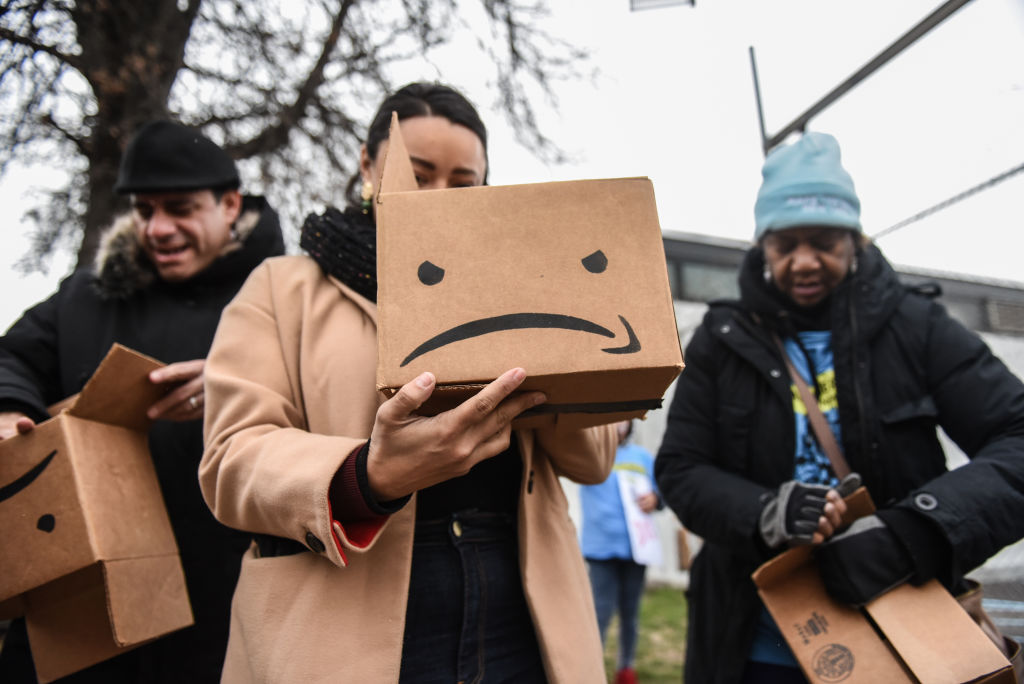
Last spring and summer, we heard impassioned calls for racial justice reverberate through the mainstream media. Self-styled anti-racism experts surged to the top of the New York Times bestseller list. CEOs declared they would “stand with” “the Black community” and pledged eye-popping sums for so-called racial justice programs.
Never one to miss the zeitgeist, Amazon CEO, and multi-multi-billionaire Jeff Bezos leapt on board, tweeting support for his black employees and donating $10 million to “combat[ting] systemic racism.” Amazon inserted a “Black Voices” tab into its streaming service and put money behind projects like the recently released One Night in Miami. Bezos publicly scolded racist Amazon customers, winning widespread praise.
But what story might Bezos’s warehouse workers tell, were they to be released from their nondisclosure agreements?
A South Side Chicago community’s five-year fight for respect in the face of displacement: The Area - February 2, 2021
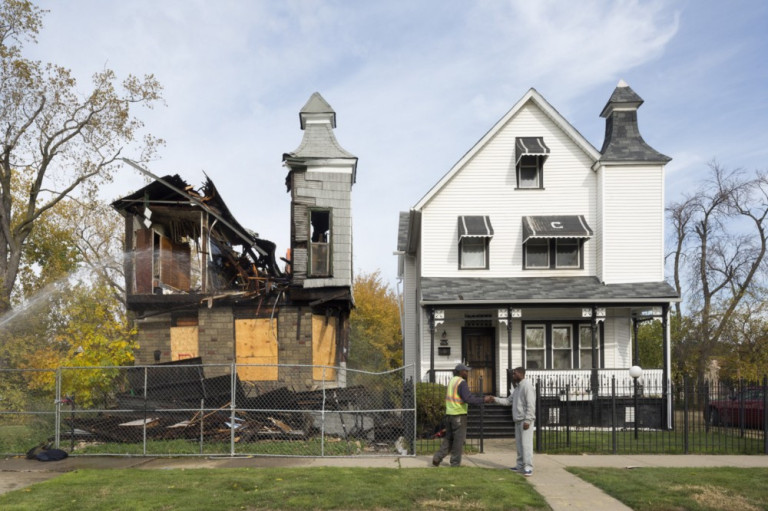
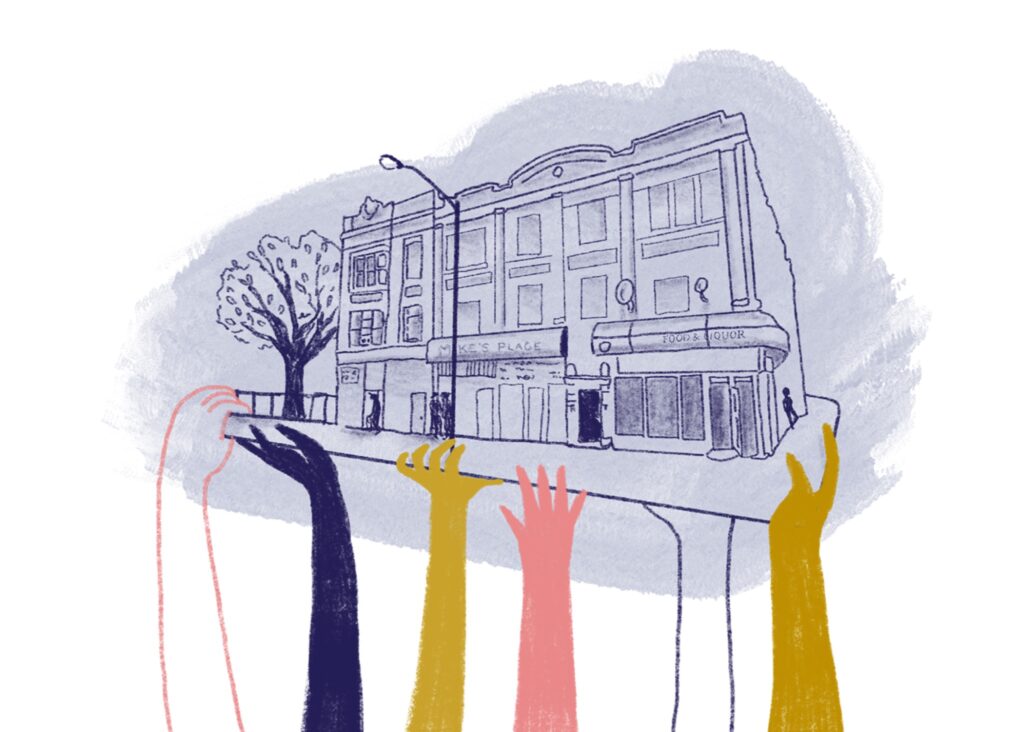
Inside the Englewood neighborhood on the South Side of Chicago is a small middle-class community surrounded by railroad tracks. “The area” was a destination for many Black Americans arriving from the South during the Great Migration of the mid-20th century. Homes, wealth, and memories have been handed down from generation to generation.
Despite decades of redlining, divestment, and the 2007 foreclosure crisis, nearly half of families own their homes outright — but the expansion of the nearby freight yard threatens the community and all it has built.
Back to the Land Trust - January 25, 2021
Original Article published on southsideweekly.com – April 16, 2019
In February, the Hyde Park Herald reported that 4th Ward Alderman Sophia King had floated the idea of forming a community land trust in Bronzeville. Created in partnership with GN Bank, the land trust would provide a way for nonprofits to cheaply acquire and develop vacant lots in Bronzeville. “We’re not [averse] to developers developing, but we want to make sure that money stays in the community first and we harness the equity that’s in the land,” she said. (When reached for comment, King’s office said the proposal is still in its early stages.)
TOWARD COMMON CAUSE: ART, SOCIAL CHANGE, AND THE MACARTHUR FELLOWS PROGRAM AT 40 - January 21, 2021

Presented in conjunction with the 40th anniversary of the MacArthur Fellows Program, this multi-site exhibition uses the idea of “the commons” to explore the current socio-political moment, in which questions of inclusion, exclusion, ownership, and rights of access are constantly being challenged across a wide array of human endeavors.
Lawndale Legacy: Martin Luther King Jr.’s Fight for Fair Housing - January 19, 2021
Original Article published on news.wttw.com – January 17, 2021
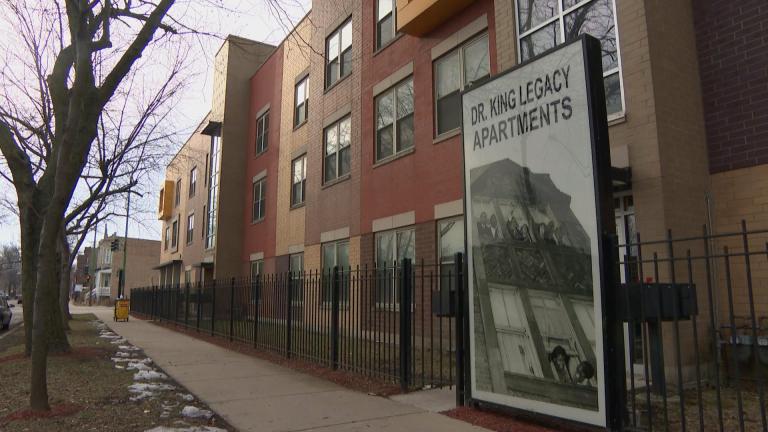
In January 1966, Martin Luther King Jr., his wife Coretta, and their four children moved into a West Side tenement and set to work addressing a major facet in his lifelong battle against poverty: quality affordable housing. His mission was to bring an end to the discriminatory housing practices that forced many Black Chicagoans to live in terrible conditions.
On Attacking Property, by Martin Luther King, Jr. (1967) - January 19, 2021
Original Article published on marklewistaylor.net – November 26, 2014
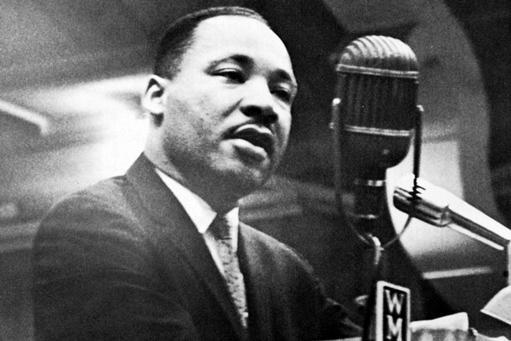
As a kind of meditation in the wake of hearing too many complaints about Ferguson protestors “destroying property,” I hear type out segments of my marked-up copy of chapter 4 of Martin Luther King, Jr.’s Trumpet of Conscience (New York: Harper and Row, 1967, pp. 55-7).
Native American Influence on the Founding of the US - January 18, 2021
Original Article published on thoughtco.com – February 28, 2019
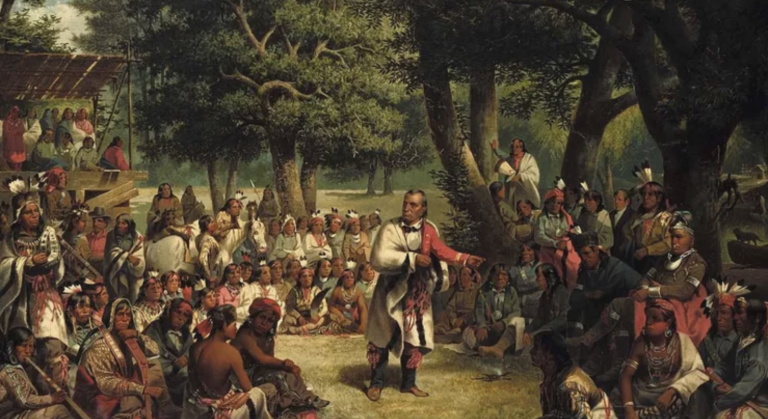
In telling the history of the rise of the United States and modern democracy, high school history texts typically emphasize the influence of ancient Rome on the founding fathers’ ideas about what form the new nation would take.
‘Verse Journalism’ poems examine the impact when institutions leave neighborhoods - January 12, 2021
Courtesy of Nicole Bond, whose poem “At the Center of Trauma” is included.Original Article published on wbez.org – April 6, 2012
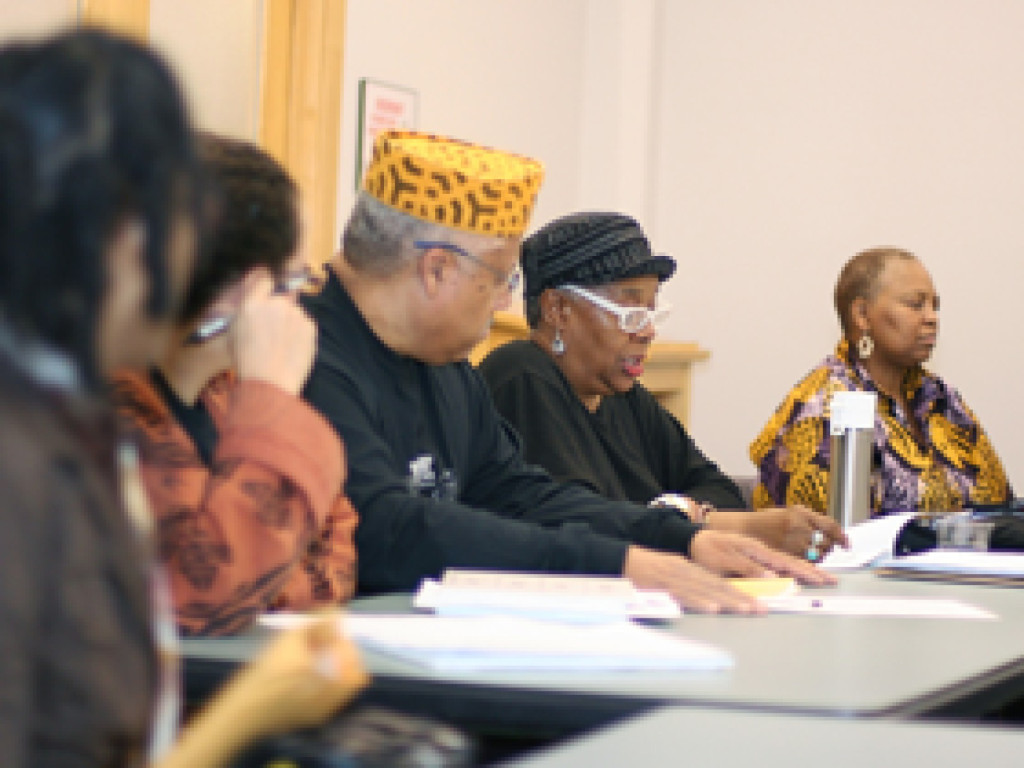
A form of poetry inspired by the news was born here in Chicago. Poet Gwendolyn Brooks coined the term “verse journalism,” which lets writers turn their opinions about the news into poems.
Adult writers experimented with the form in a recent Neighborhood Writing Alliance (NWA) workshop. WBEZ recorded the poems in collaboration with the NWA, a station partner. We’re presenting those poems through the month of April in celebration of National Poetry Month.
“That vacant lot? Here’s its potential” from Metropolitan Planning Council - January 10, 2021
Original Article published on metroplanning.org – December 4, 2020
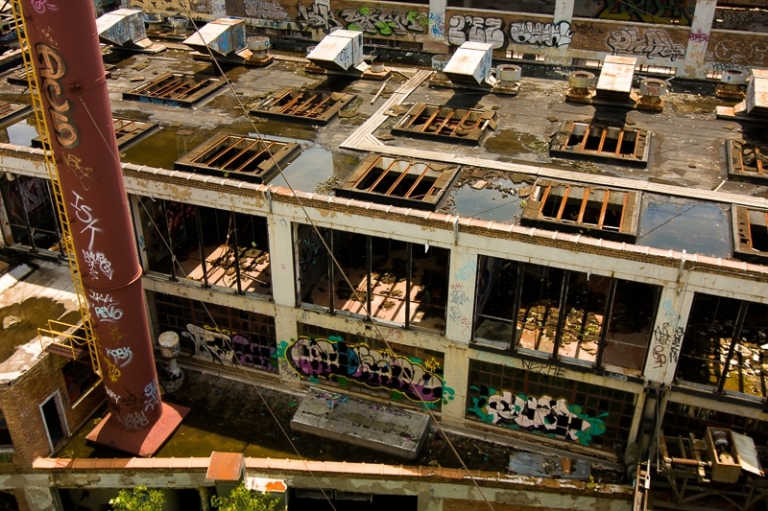
That vacant lot? Here’s its potential
Where there are overgrown weeds and vacant buildings across Chicago, there’s an opportunity for rebuilding our manufacturing sector—the far better option for communities than parking lots or residential displacement.
